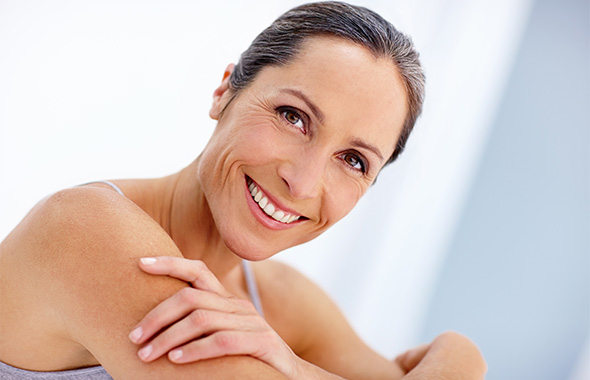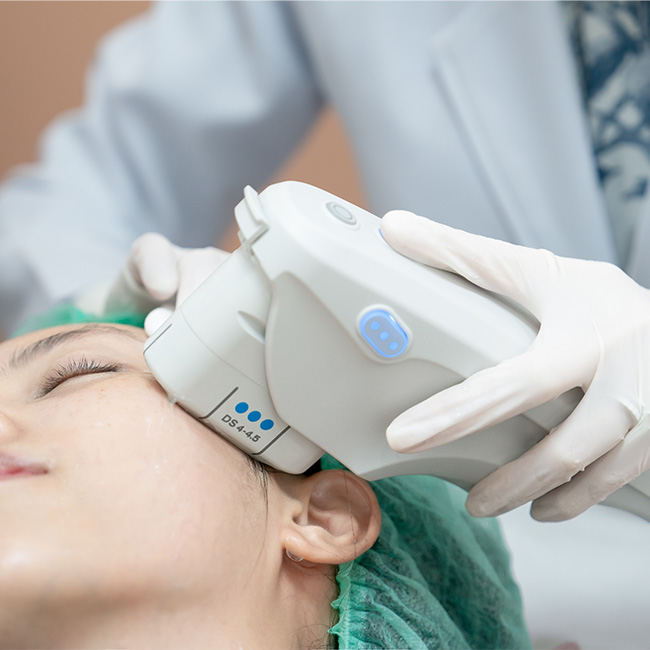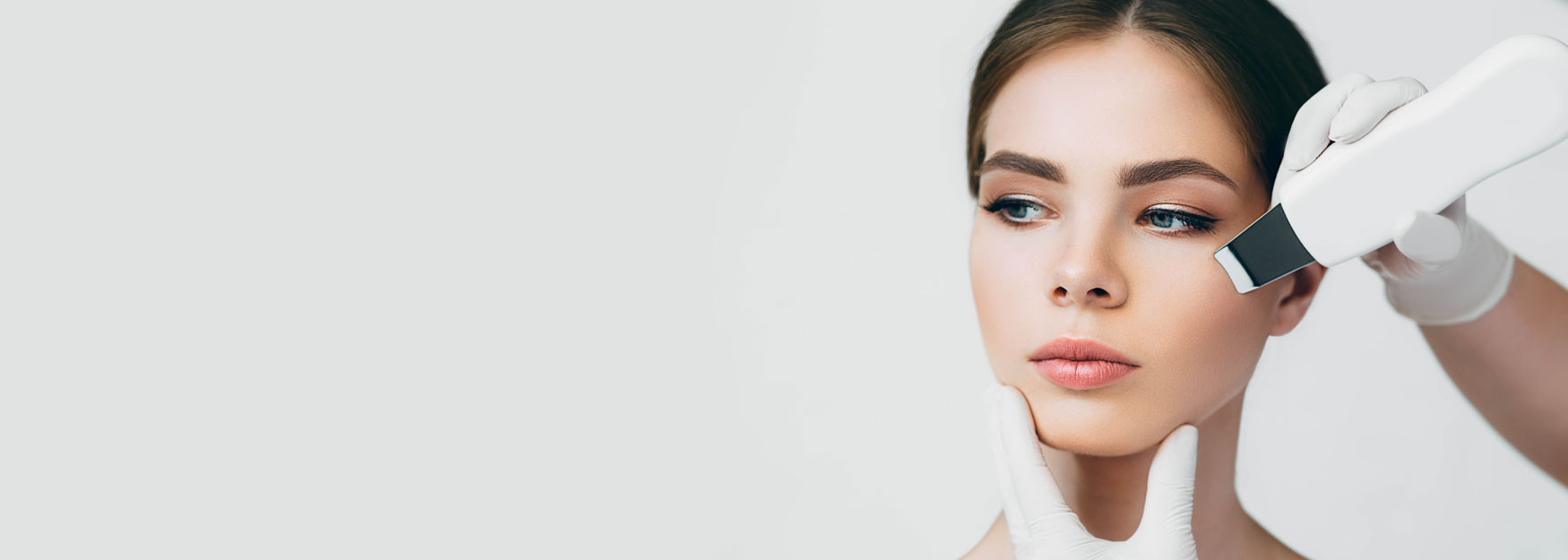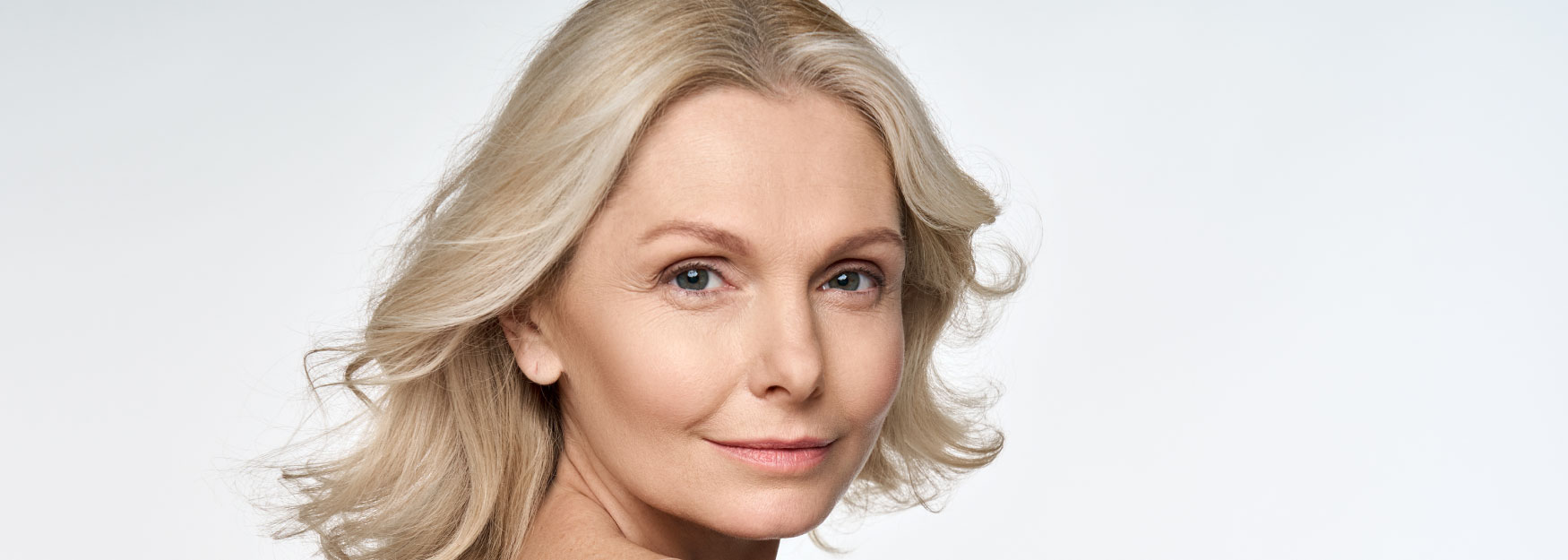What Is Ultherapy Non-Surgical Facelift?
What is Ultherapy and can it transform your looks? What is the technology behind it? How does the device help the skin become firmer,…
Learn More
Ultherapy is a cutting-edge treatment that achieves natural lifting and tightening over time for a rejuvenated appearance. At BHRC, our providers are highly skilled in performing Ultherapy treatments, reducing the risk of complications, and helping to ensure beautiful, natural-looking results you can enjoy for years to come. We emphasize customized treatment plans and employ a multidisciplinary approach that includes whole-body wellness through various treatments and procedures to help you achieve your personal aesthetic goals.
At BHRC, we pride ourselves on using only proven, cutting-edge treatments like Ultherapy to ensure real, long-lasting results.
Our staff members are experts in performing Ultherapy treatments and can share their first-hand experiences of real results.
We understand that no two patients are the same. Because of this, every Ultherapy treatment plan will be customized to you and your needs, including the number of treatments needed to maintain results.
While Ultherapy and Forma are both non-invasive treatments used to improve skin tightness and elasticity, they differ in various ways. Ultherapy uses ultrasound energy to deeply penetrate the layers of the skin, stimulating collagen production. Forma uses radiofrequency (RF) energy to heat the dermal layer of the skin, promoting collagen remodeling. Generally, Ultherapy is better suited for lifting and addressing deep skin laxity, while Forma is ideal for improving surface skin quality.
Both Ultherapy and Platelet-rich Plasma (PRP) therapy work to improve the skin’s appearance through collagen stimulation. While Ultherapy uses ultrasound energy to stimulate collagen, PRP leverages the body’s natural healing process, stimulated through micro-wounds. Ultimately, choosing between these treatments depends on your skin concerns and the ultimate desired results.


“Great service, very clean, professional, and welcoming. Got some fillers, and Botox and got rid off some fat on my waist, doing it for years and love the results, now I have abs without going to the gym.”
Ultherapy addresses a range of skin concerns related to aging and skin laxity, focusing primarily on lifting and tightening. The main issues this treatment targets include:

Ultherapy targets the deeper layers of skin and underlying connective tissue (including the SMAS layer, which is treated in surgical facelifts). It stimulates collagen and elastin production, which gradually improves skin firmness and elasticity over time.
During your Ultherapy treatment, a gel will be applied to the treatment area to help the ultrasound device slide effortlessly across your skin. Next, your provider will use the handheld device to deliver targeted ultrasound waves to specific depths below your skin. Some patients describe the sensation as warm or tingling, but it should not be uncomfortable. Treatment can last 30-90 minutes, depending on the area being targeted.
Following treatment, mild redness or swelling may temporarily occur. While the skin may feel tighter directly after treatment, full results will develop with time. Normal activities can be resumed directly after Ultherapy with no downtime.
The main benefits of Ultherapy stem from its ability to provide non-invasive skin tightening and lifting with minimal downtime. Other advantages may also include:


What is Ultherapy and can it transform your looks? What is the technology behind it? How does the device help the skin become firmer,…
Learn More
As the years tick by, it’s only natural to notice the signs of aging taking a toll on your skin. Fine lines, wrinkles, and…
Learn More
What is Ultherapy? If you’re looking for a non-invasive way to lift and tighten your skin, you may have heard about Ultherapy. But…
Learn More